The History of Fashion in Shibuya
The History of Fashion in Shibuya: From Streets to Runways
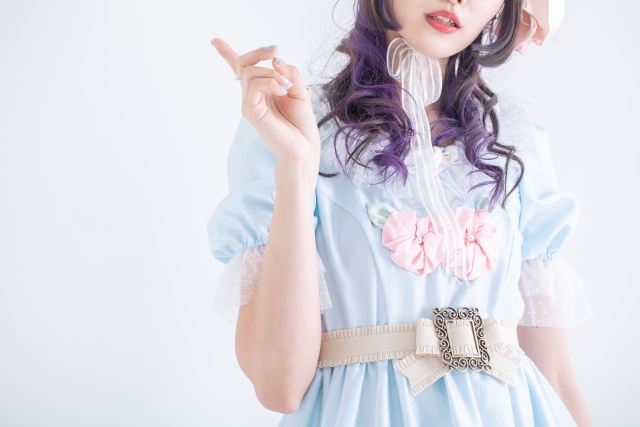
Shibuya, one of Tokyo’s most iconic districts, is synonymous with fashion, culture, and youthful energy. But beyond the bustling crossing and neon lights lies a rich history of transformation. From a quiet neighborhood in the early 20th century to the global fashion hub it is today, Shibuya has seen incredible changes in its streetscape, culture, and style. Let’s dive into the evolution of Shibuya’s fashion scene and how it became a trendsetter in Japan.
Early Days of Shibuya: From Rice Fields
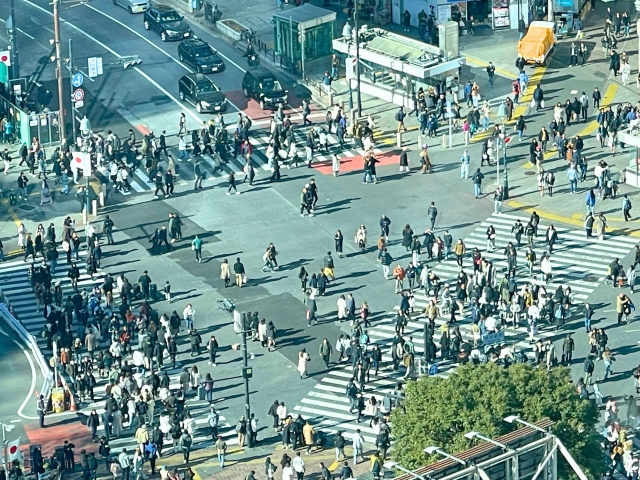
Before becoming the center of Tokyo’s youth culture, Shibuya was a relatively quiet area. In the early 1900s, it was filled with rice fields, but as Tokyo expanded, the district quickly urbanized. The construction of Shibuya Station in 1885 marked a turning point. What began as a transportation hub would soon become the heartbeat of the city’s fashion scene.
During the 1960s and 70s, Shibuya’s streets saw the rise of department stores like Tokyu and Seibu. These stores attracted young shoppers, and with them, new fashion trends. Shibuya was becoming a hotspot for Japanese youth eager to express their individuality.
The Birth of Shibuya’s Street Fashion: The 1980s and 90s
The 1980s brought a revolution in fashion, as Shibuya transformed into the birthplace of street fashion. This era was marked by a departure from traditional clothing and a move toward Western-inspired looks. However, Japanese youth didn’t just imitate Western styles—they adapted them, creating something entirely new.
Shibuya’s Center Gai became the epicenter of this movement. Teenagers flocked to the area, experimenting with bold and colorful outfits that defied societal norms. This era saw the rise of brands like Shibuya 109, a department store catering to a growing subculture of gyaru fashion—a style characterized by tanned skin, bleached hair, and glamorous makeup.
The 1990s solidified Shibuya’s reputation as a fashion hub. Harajuku, a neighboring district, was also gaining attention, but while Harajuku was more about avant-garde and cosplay, Shibuya’s style was chic, glamorous, and accessible. Gyaru girls, with their unique style and attitude, dominated the fashion scene, turning Shibuya into a catwalk for the everyday fashionista.
2000s: The Globalization of Shibuya’s Fashion
By the early 2000s, Shibuya’s influence on global fashion couldn’t be ignored. Tourists from around the world visited the district, eager to experience its unique street styles. The internet also played a crucial role in spreading Shibuya fashion globally. Fashion bloggers, magazines, and social media helped export the trends born in Shibuya’s streets to the rest of the world.
Shibuya-kei, a musical genre that originated in the 90s, also contributed to the district’s global cultural appeal. Artists like Pizzicato Five and Cornelius blended pop culture with fashion, creating a synergy between music and style that further propelled Shibuya into the international spotlight.
Shibuya Crossing, now one of the most famous intersections in the world, became symbolic of this era. It’s a place where fashion, culture, and creativity collide—quite literally as thousands of people cross the streets daily, many of them dressed in the latest trends.
Modern-Day Shibuya: A Blend of Tradition and Innovation
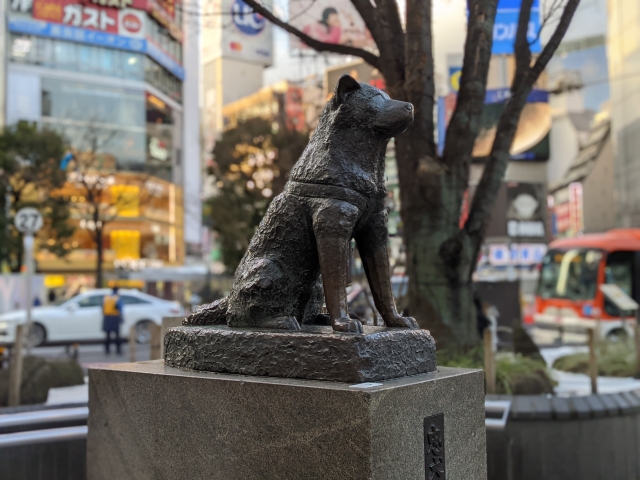
Today, Shibuya remains at the cutting edge of fashion, but it has also matured. While you’ll still find traces of the gyaru culture and street fashion in areas like Center Gai and Shibuya 109, new trends have emerged. Sustainability and ethical fashion are becoming important themes, with younger generations seeking more responsible ways to express themselves through clothing.
The recent Shibuya Scramble Square development, a futuristic skyscraper, reflects the district’s ability to innovate while honoring its roots. Inside, you’ll find a mix of luxury brands, tech startups, and local designers, all contributing to Shibuya’s vibrant culture.
Shibuya has also embraced tech, with AR fashion shows, influencer collaborations, and digital storefronts becoming common sights. This fusion of technology and fashion is the next chapter in Shibuya’s evolution.
Shibuya: A Fashion Capital That Never Stops Evolving
From its humble beginnings as a rural village to becoming a global fashion powerhouse, Shibuya has undergone a dramatic transformation. Its streets tell the story of change, innovation, and the desire to stand out. Whether you’re a fan of gyaru style, streetwear, or cutting-edge tech fashion, Shibuya continues to be a place where trends are born and where the world looks for inspiration.

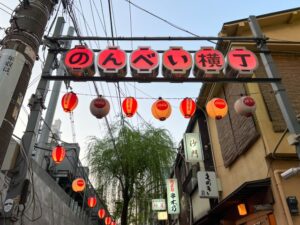
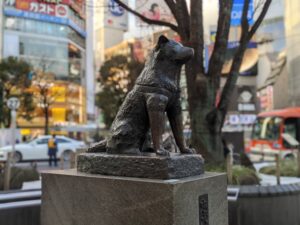
How can I find out more about it?
What specific things would you like to know more about?
May I request that you elaborate on that? Your posts have been extremely helpful to me. Thank you!
Of course! Just let me know which specific parts you'd like me to elaborate on, and I'll provide more details. I'm really glad to hear that my posts have been helpful!
Your articles are extremely helpful to me. Please provide more information!
I'm so glad to hear that it's been helpful! Let me know which topics you're interested in, and I'll make sure to provide more detailed information for you!
Thank you for your articles. I find them very helpful. Could you help me with something?
I'm so glad to hear that my articles have been helpful! Of course, I’d be happy to help with anything you need—just let me know!
Thank you for your articles. They are very helpful to me. May I ask you a question?
Of course! I'm glad to be of help. Please feel free to ask me anything!